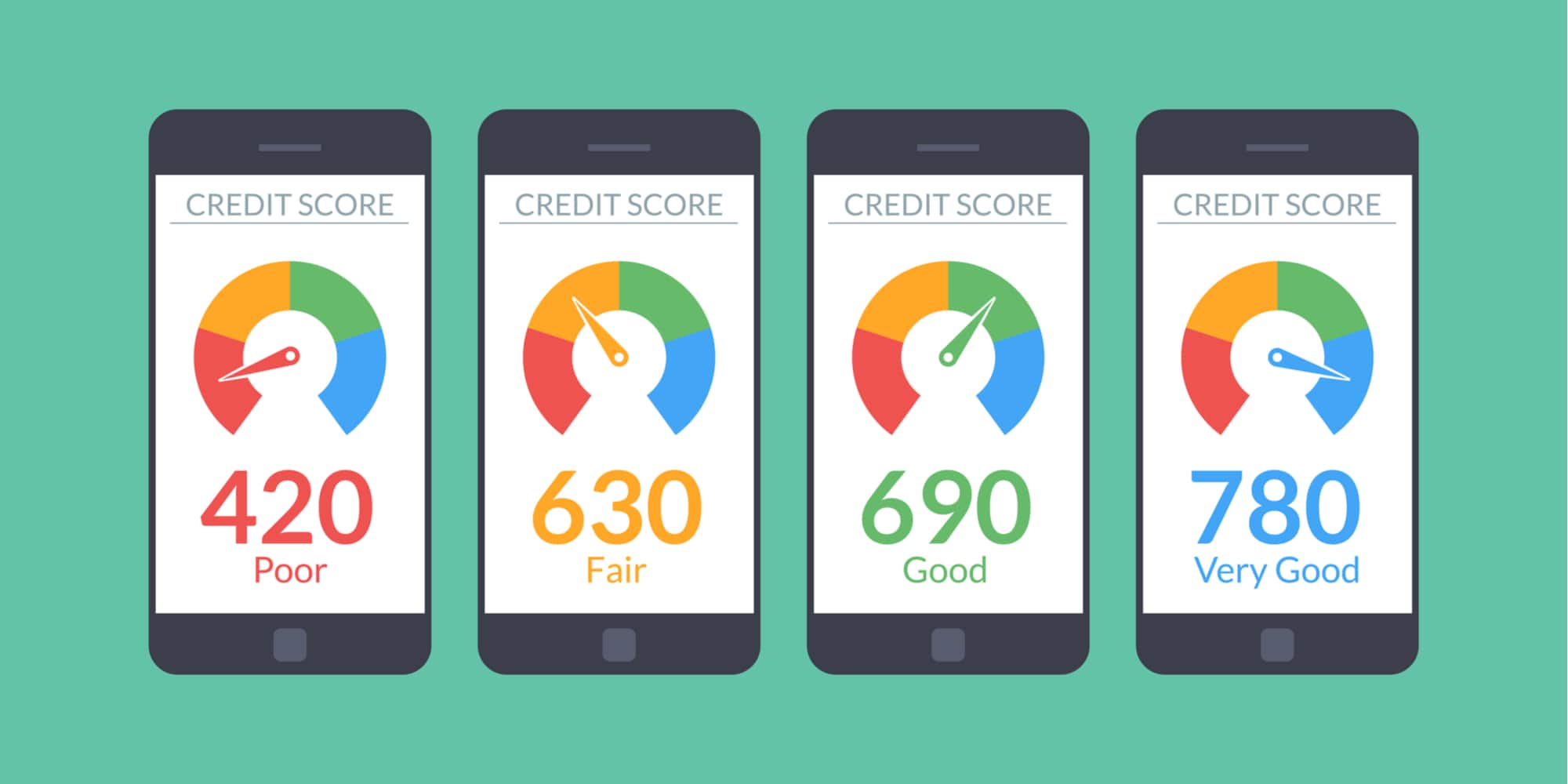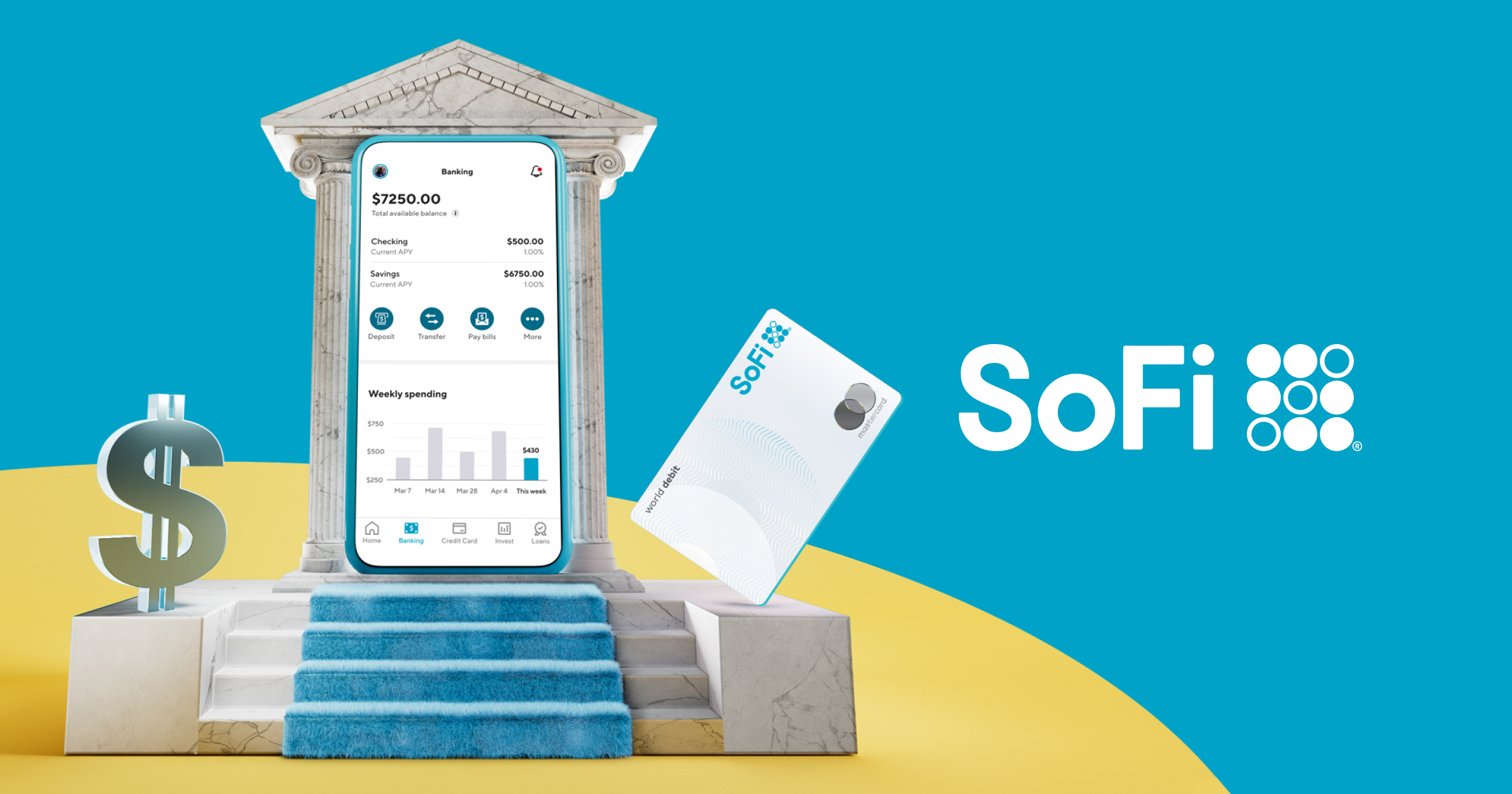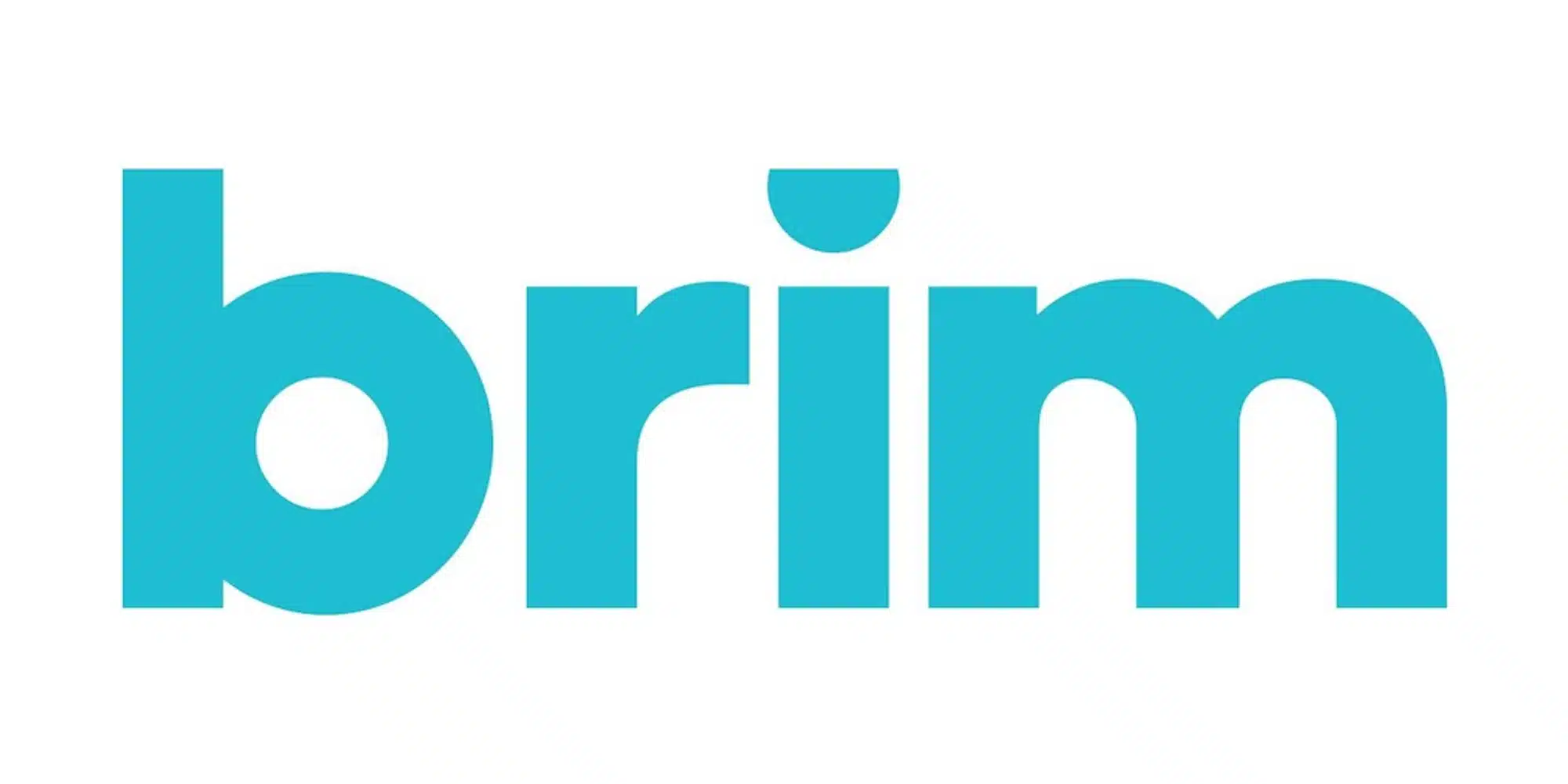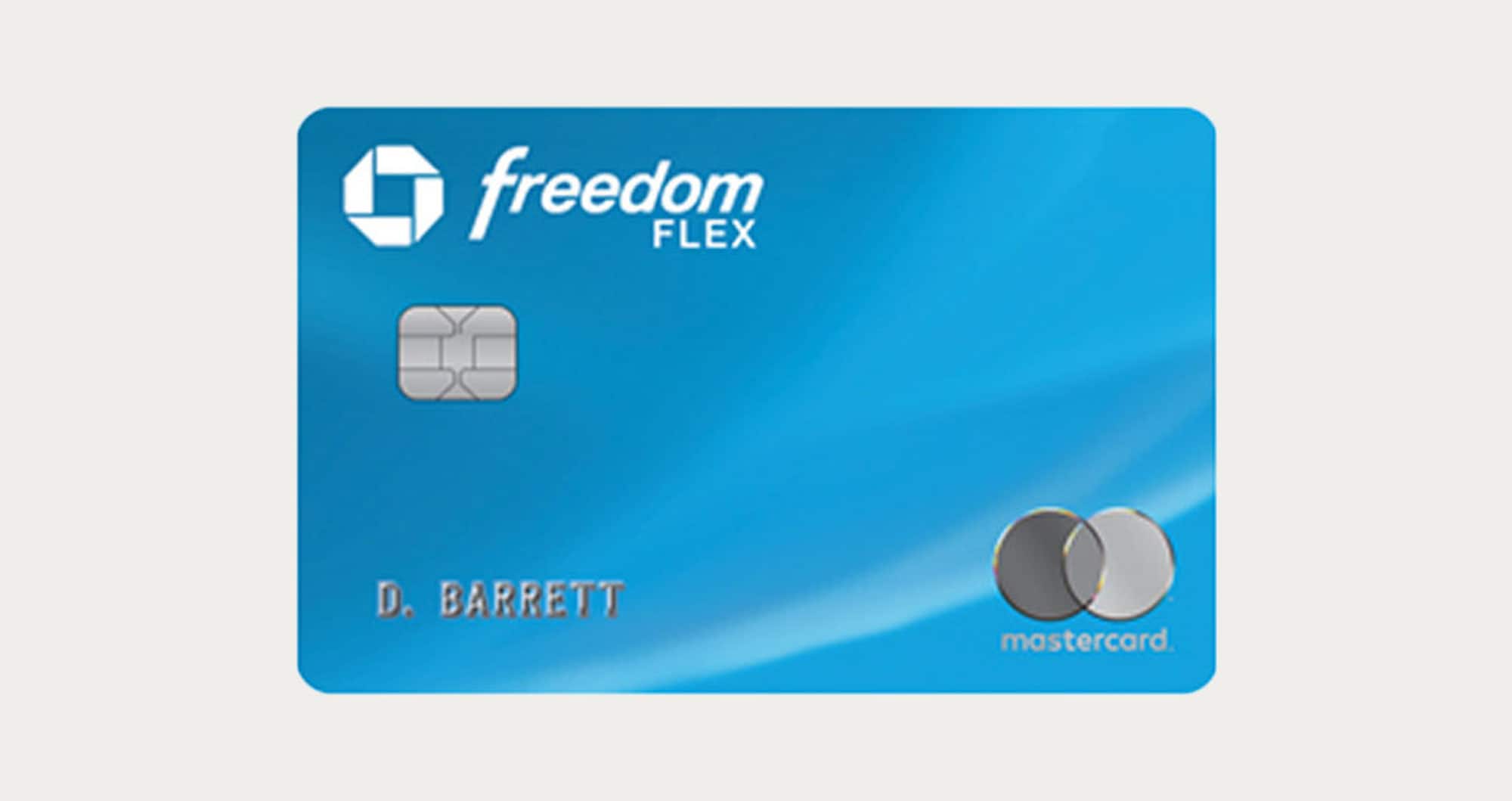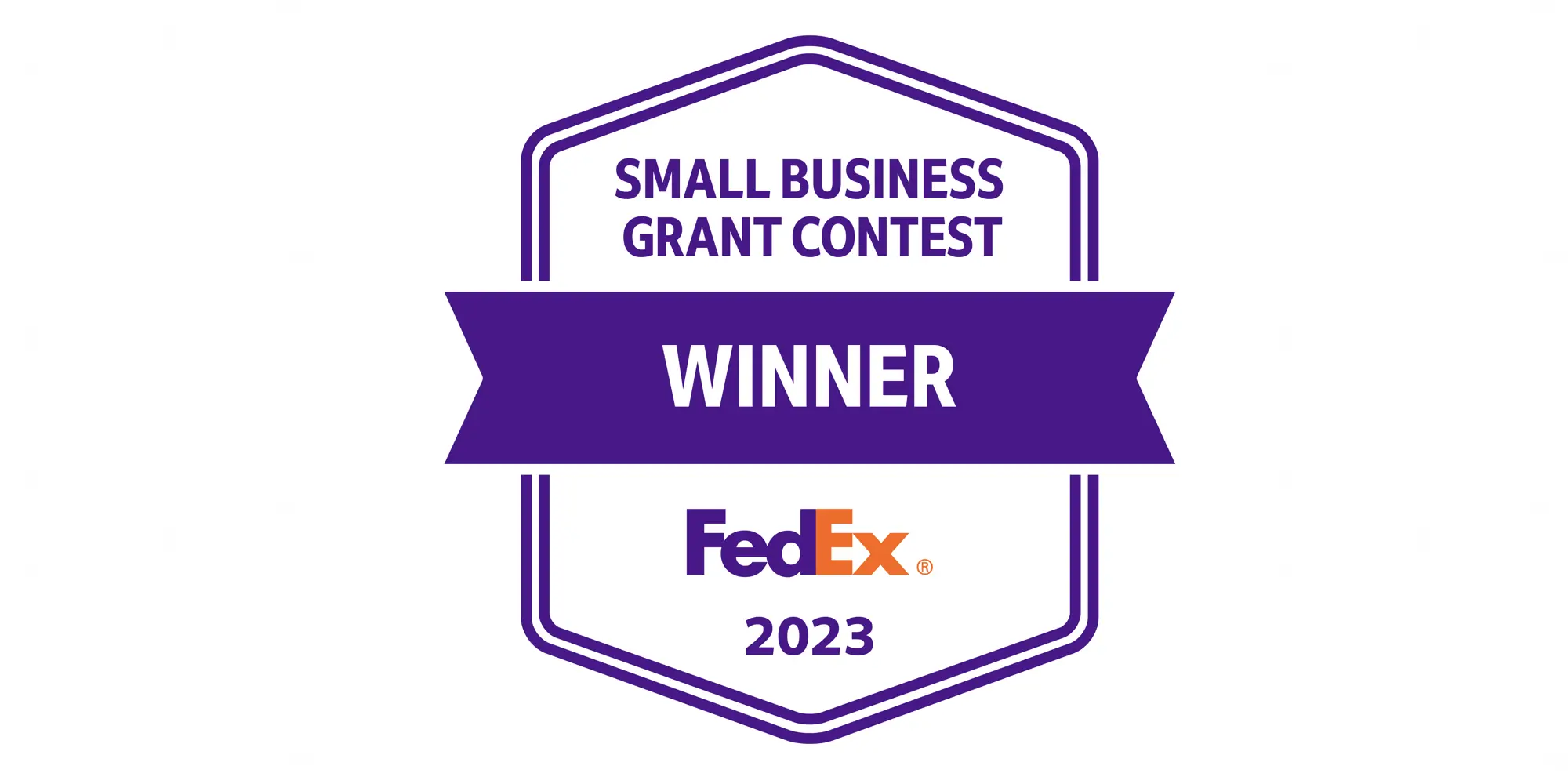
Credit Card Reviews
Cash App Cash Card Review (2023)
Have you ever owned something for years before one day you suddenly discovered a super useful function you never knew it had? That’s essentially what happened to me with Cash App. Despite downloading the app long ago, I apparently didn’t keep up with its growing power and ability to save me money — that was until a couple of years ago.
So what is the Cash Card and what makes it special? Let’s take a look at what you should know.
What is Cash App?

Cash App
Cash App (formerly known as Square Cash) is mostly known for being a P2P money app akin to PayPal, Venmo, or Apple Pay Cash. When you download Cash App and sign-up for the service, you can link a bank account in order to fund your account. You can also choose to add money to your account using a credit card, but there is a 3% fee for this option. With that out of the way, you can quickly and easily send money to friends using the app.
Navigating the app
When you open Cash App, you’ll notice a simple interface, which now houses a few different tabs. In the middle is the $ tab, allowing you to enter a dollar amount and elect to either request that amount of money from one of your contacts or send it to them.
Next, to the left of $ is the card section where you can view your Cash Card number and add Boosts (more on those later). On the far left is the Money tab where you can add funds, cash out, link accounts, and also view your Cash routing and account numbers. By the way, sending money back to your linked account with a slight delay (about one to three business days) is free, while an instant transfer will cost you a 1.5% fee, with a 25¢ minimum.
Lower down on the Money tab is where you’ll find investing, including Bitcoin and Stocks. Then, on the far right is where you can view and/or search your transaction history as well as manage loyalty points you might earn from Square merchants. Lastly, in the upper right corner, tapping the profile icon will allow you to adjust your settings.
Cash App Investing
Although the main function of Cash App may not sound like anything special, the app has been adding some other features worth talking about. For one, the app has begun introducing the ability for users to buy and sell Bitcoin.
Using the app, you can select how much Bitcoin you’d like to buy in USD and view your current balance, which will fluctuate based on the current $BTC pricing. Notably, you can also set up a wallet to withdraw and import your Bitcoin, although you will need to scan your photo ID before this option will be available to you.
By the way, while other apps like Robinhood have been expanding their crypto rosters, don’t expect the same from Cash App. CEO Jack Dorsey has been outspoken about his support for Bitcoin and only Bitcoin, directly telling fans he doesn’t intend to add other assets to the app.
In addition to crypto, Cash App also now allows customers to purchase stocks and ETFs. Moreover, users are able to purchase fractional shares, meaning that they can choose how much money to invest in a company instead of needing to buy a full share. At this time, not every company or ETF is available to trade on the Cash App, but most major companies are.
Of course, the other feature that makes Cash App unique — and the reason I felt the app was deserving of a review — is its Cash Card.
Cash Card

In an effort to stand out from the pack, Square started rolling out their Cash Card — a physical Visa debit card that allows users to make purchases using their Cash App funds. Adding to the offering’s appeal, these cards feature a sleek all-black (or now all-white if you so choose) design on the front, security chip, Visa Debit logo, and a laser-printed design.
Yes, Cash App actually prints the design you draw onto the card. But, before you get any wise ideas, they do say they review the “signatures” and designs before they go to print. I should also mention that, in addition to new users now being able to choose between a black and white card, there’s also the option to “upgrade” to a glow-in-the-dark card for $5.
If that weren’t enough, you can also now choose from two metal card options that will set you back $50 each. Currently, the two metal color options are Chameleon Metal and Black Metal.
As promised, these cards can be used anywhere Visa is accepted. You can also add your card to Apple Pay and utilize it that way as well. Finally, there’s another neat feature of the Cash Card we’ll cover in the next section.
Is Cash App a Scam?

Before we dive more into the Cash Card, I wanted to address something that has been brought up in comments on the YouTube video review I did of Square. A few adamant commenters have alleged that the Cash App is a scam that’s caused them to lose money. Although I can’t speak to their experience (or know for sure if these are even legitimate comments), I have to refute this notion.
First of all, Block (formerly named Square Inc) is a publicly-traded company with a strong reputation in the FinTech space and its products are utilized by small businesses across the country. Therefore I’d find it hard to believe they’d sacrifice that by creating an app to scam everyday users out of their cash. Plus, for the record, I haven’t encountered any issues with the app in the several years that I’ve been a user.
With all of that said, there are precautions you should take when using this or any personal finance app. For one, when sending money via Cash App, make sure you trust the person you’re sending money to. Personally, I suspect some of the people calling the app itself a scam have merely fallen victim to shady folks. Additionally be sure to protect your Cash App account as you would any bank account by utilizing strong passwords and other security features.
Last but not least, if you don’t feel comfortable using a peer to peer payments app or other finance tools where linking a bank account is necessary, it’s ok to skip them. While Cash App and other FinTech ventures are far from “scams,” they may be susceptible to the same breaches that many retailers, banks, and others are. Luckily (to my knowledge) no such troubles have plagued Cash App but it’s always a good idea to be vigilant in order to protect yourself.
Using the Cash Card

Now I’ll admit that, while I’ve found Cash App to be convenient for sending money to friends and that it has become my preferred method for doing so, I hardly felt the need to obtain a Cash Card. After all, why wouldn’t I just transfer my balance back to my account and spend it like I normally would? Sure, the card’s cool design did give me some pause in writing the idea off entirely, but I eventually forgot about it and went on with my life.
That was until I learned about the Boost function the Cash Card offered. As it turns out, this feature allows you to save up money at select restaurants, retailers, or — in some cases — anywhere else. Needless to say, this piece of information changed everything.
Soon after learning of the Boost feature, I requested my Cash Card through the app. To do so, all I needed was to offer up my address and provide my signature for the aforementioned style element. Within a few days’ time, my card had arrived and was ready to activate.
Activation
Anyone who’s ever received a new credit or debit card is surely familiar with the automated voice systems often employed in the activation process. This is where the Cash Card is very different; instead of placing a call to one of those 800 numbers, you’ll simply open up the Cash App and scan the QR code on the envelope your card came in to activate it. Once you’ve done that, you’ll be ready to check out the Boost function.

Cash Boost — AKA The Star Feature
In my original Cash Card review, I admitted that I found it a bit difficult to locate the Boost feature at first. Thankfully, the Cash App has since been redesigned so that this is no longer a problem. Instead, you can simply navigate to the Cash Card tab and tap “Add Boost” under the card icon to get started.
As I mentioned, there are several different Boost options you can choose from — with “choose from” being a key phrase. Unlike apps like Dosh that allow you to take advantage of any current offer without opting in, Cash Card Boosts can only be selected one at a time. However, you can scroll through the different options and swap Boosts as much as you want before using them.
Something else that’s interesting about Boosts is that the various offers take on different forms. For example, while Boosts at restaurants like Domino’s give you a percentage off of your total, others will give you a flat dollar amount instead.
In the time since I first started using the Cash Card, I have noticed a few changes to Boosts — some good, some bad. Currently, what’s struck me is how many of the Boosts are offered for “in-app orders” only. These types of Boosts are more akin to regular shopping portals such as Rakuten or Dosh and aren’t really the Cash App Boosts I’ve come to know and love.
On the other hand, entering this arena means there are far more Boosts now than there used to be, which is probably why they changed the interface to show you all of them on a page instead of having to swipe through them.
Luckily, there are a few “regular style” Boosts to be found as well. One of my personal favorites is one I’ve used several times for Imo’s Pizza. This Boost allows me to instantly earn 10% back on my orders. Plus, all I need to do is activate it and pay using my card. Meanwhile, some other current Boosts (as of January 2023) that still utilize this older, better form include 10% off at Dominos, 5% off Playstation, and — perhaps most notably — 10% back at Starbucks.
Another interesting Boost I’ve seen comes from Taco Bell. Although I’ve previously encountered Boosts that needed to be “unlocked” by meeting certain requirements, this particular one is unique as you need to make 3 transactions at Taco Bell itself before you can save $5 on your order. All things considered, that could still be a good deal depending on how you play it.
Overall, even if Boosts may have lost a bit of their luster, I still think they’re worthwhile more often than not. Additionally, I still love how the discounts are applied instantly and reflected in your balance rather than requiring you to save up your cashback and redeem it later. Therefore, I’ll continue to call this the Cash App’s star feature.
Boost promotions
One other thing I want to mention is that Cash App will occasionally run special promotions with Boosts. For example, the app’s Twitter account recently did a series of 99% Boosts for specific merchants that were available for a (very) limited time. I actually had a chance to nab one of these deals, scoring myself a set of Crocs socks for only $3.
Of course, in order to take advantage of these deals, you’ll likely need to have alerts for @CashApp on your phone and will have to act quickly. On that note, make sure that whatever you’re attempting to buy is something you actually want as the Boost may expire by the time you get around to completing your transaction.
Final Thoughts on Cash App and Cash Card

At the end of day, apps like PayPal, Venmo, and Cash App all have similar functions even if they each have their own perks and quirks. That said, Cash App‘s Cash Card really makes them stand out in my eyes — especially with the Boost feature, even if that function has evolved a bit overtime.
To that point, what really impresses me about the Cash Card’s Boosts is that they’re all for places I could actually see myself shopping at. Moreover, in nearly every case, the percentage offered from the Boost bests what I’d earn from any of my credit cards.
I should mention that, since the debut of the Cash Card, Venmo has also introduced a debit card of their own and launched what they call “Venmo Rewards.” At first glance these rewards seemed to be similar to Boosts but, looking a bit closer it seems that they’re powered by Dosh. Thus, from my experience, Cash’s Boosts are a better value and are also more exclusive than Venmo’s — even if there may be some overlap due to Boosts’ recent strategy shift.
With all that considered, I’d honestly have to say it’s worth getting your own Cash Card just for the Boost offers. Of course, the cool card design means it will look pretty snazzy in your wallet as well. All in all, I guess Square’s gamble on creating physical cards for their digital platform has proven perfect for pulling old folks like me into their app.
Cash App is a peer to peer payment app from well-known FinTech Block Inc. (formerly Square, Inc.). Additionally, the app now offers a debit card as well as the ability to trade stocks, buy and sell Bitcoin, and more.
Cash App can be used to send payments to friends, buy fractional shares of select stocks, buy or sell Bitcoin, and more. Cash also offers a free debit card, including various Boost offers that cardholders can take advantage of.
Yes, the publicly traded company Block Inc (which was previously Square Inc.) known for its Square small business tools also owns Cash App.
Cash App is free to use, although some fees may apply for instant transfer options or other services. In these cases, applicable fees are disclosed.




